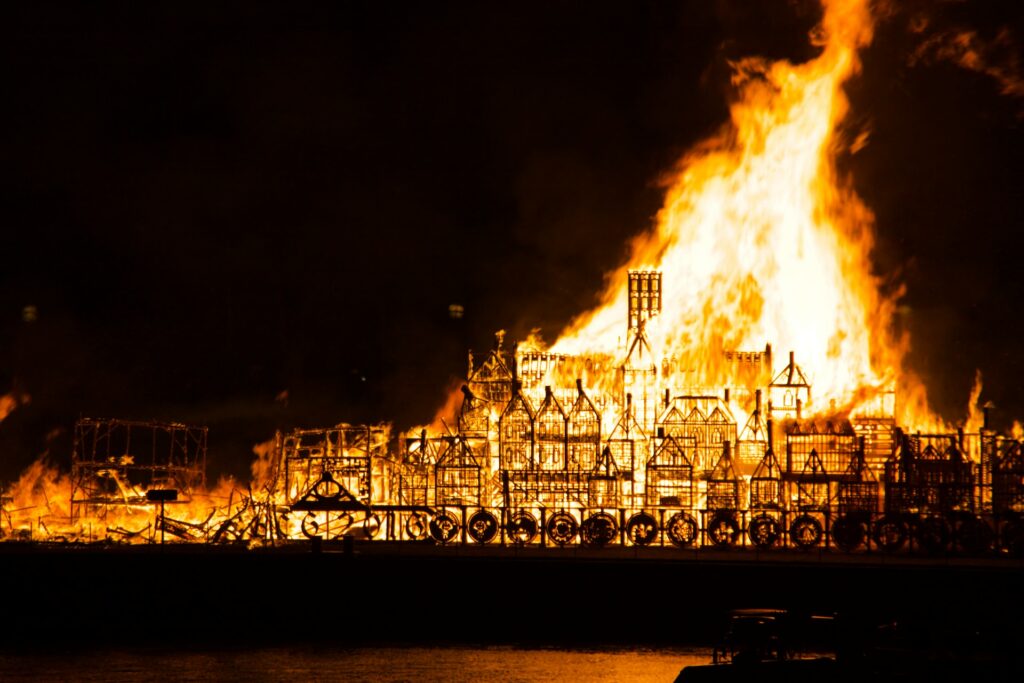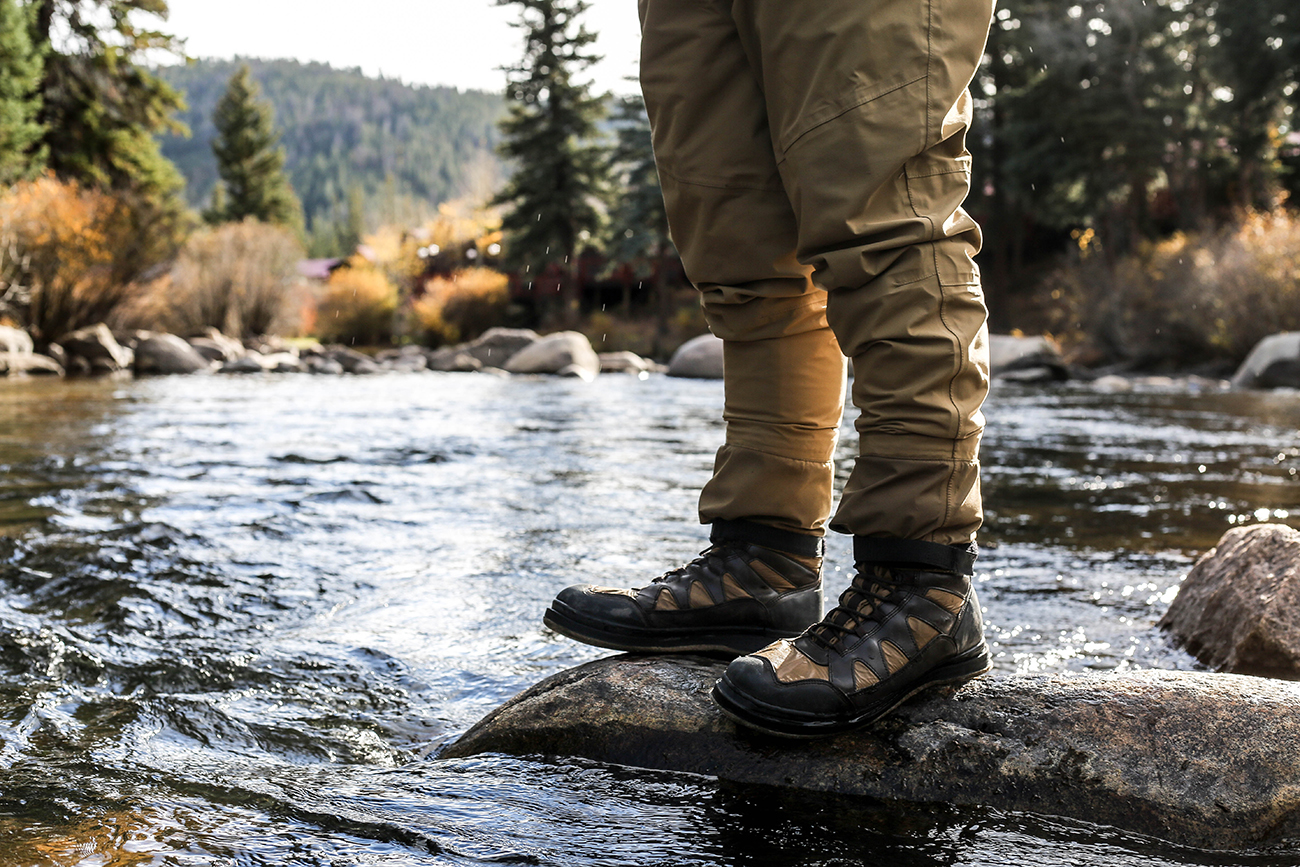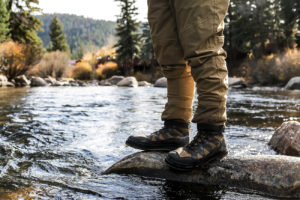Most Recent News


Popular News



Looking for information on building a temporary survival shelter? Click here to view some of the most important principles to follow.

Shelter is one of the most important things that you need in any sort of survival scenario. Food, water, and shelter are the top basic necessities. Without shelter, you are not safe, your family is not safe, and your stuff is not safe, either. So in any sort of doomsday situation, you would have to have some idea on building a temporary survival shelter to last you through the night, or at least a few weeks.
Your survival could largely depend on what sort of shelter you build. So if you are wondering if there are any essential tips that you would have to know about when it comes to building a shelter, you have come to the right place. Here are a few essential tips for building a survival shelter.
Location is still an important factor even for a temporary survival shelter. You may need to find a location where you have quick access to resources such as water, or that has got a steady supply of food, such as a forest where you can hunt.
Whenever you are building a survival shelter, you must also make sure that it is in a safe and secluded area.
Avoid areas that are prone to problems, such as:
You may want to choose a material that would be good for the environment that you are in. For example, if you are building a tent shelter in a cold area, then you may want to use a thermal blanket as the roof of your tent, so that warmth is preserved inside of the shelter.
Wood is also a good material to use, as it is abundant and sturdy.
Remember to use some common sense here. Think things through before you finalize any decision on material.
The most obvious options are:
Some ideas to get you started are in this helpful infographic from RollingFox:

Remember when building a survival shelter, pick a design that is practical. Especially for the environment you are in.
If you are building a temporary shelter and you are short on time, you have got to pick a shelter design that only takes a short amount of time to set up, such as a snow cave shelter if it is the wintertime.
Likewise, you don’t want to scavenge around for days for supplies. This is a temporary shelter. It does not need to be big, just sustainable for the duration you need it for.
Focus less on making it large, and more on making it comfortable. You’ll need a good night’s sleep in whatever situation makes you erect a temporary survival shelter.
There are lots of ways that you can use your surroundings to your advantage. For example, you could try to use the dead leaves in a forest to conceal your shelter. You could also use natural rock formations or groups of trees to create a defensible area for your shelter.
Likewise, a sandy area could easily yield an encapsulate sand-dune effect.
If you want to be found, place it near higher traveled areas such as roads or urban centers. If society collapses, move further in the backwoods/rural areas.
You would not be a prepper if you did not stock up on the basic necessities. Non-perishable foods, medicines, and other utilities should be stored on-site or near the shelter location.
They should also preferably be hidden if you are not staying in the area at the time. Dig out some piece of ground that you can easily cover up to hide anything important (such as the medicine).
You could really improve your chances of survival if you remember to prepare those things beforehand. Don’t be a scavenger; have the things ready for when you need them most.
These are just some of the essential tips that you should follow if you would like to survive any sort of scenario, by having a shelter that you can take refuge in. There are all sorts of shelter designs out there as well, and it may be a good idea to do a bit of further research on them to get a good idea of what sorts of shelters you can (personally) and practically build.
You also have got to remember these tips are only meant to be used to build a temporary shelter. So you can use these tips for building a survival shelter that will help you in a short-term scenario. For long-term, I’ll be making a new article shortly.
Comments are closed.
(Learn More About The Dominion Newsletter Here)
Thank you for your tip to pick a shelter design that is practical and that you can sleep comfortably in. My brother wants to be able to build a temporary shelter that is strong by using insulated panels. I’ll be sure to pass this tip onto my brother so he can build a suitable shelter.